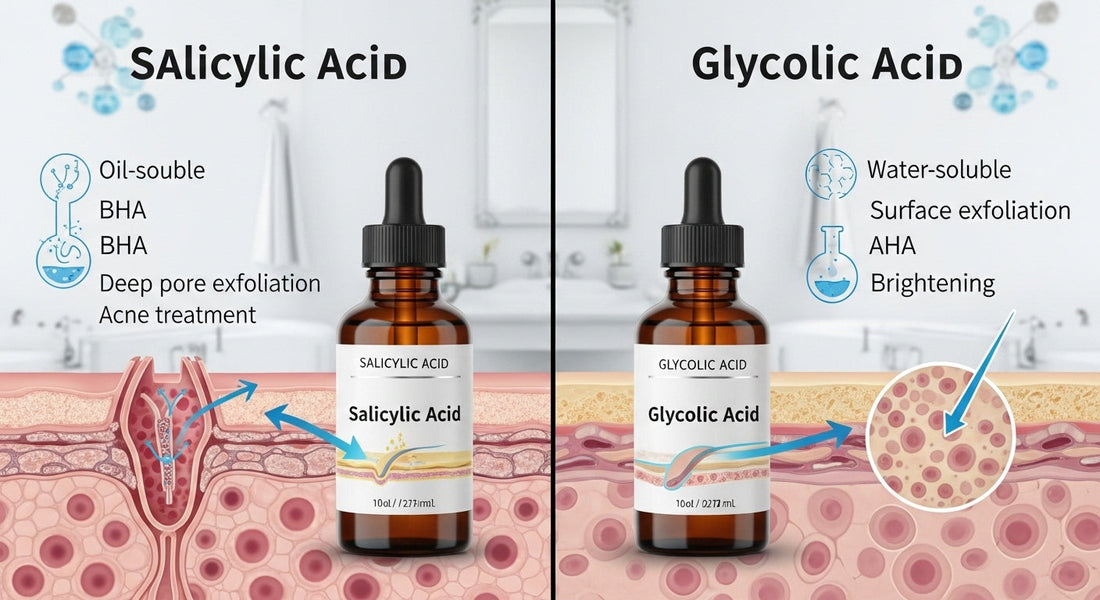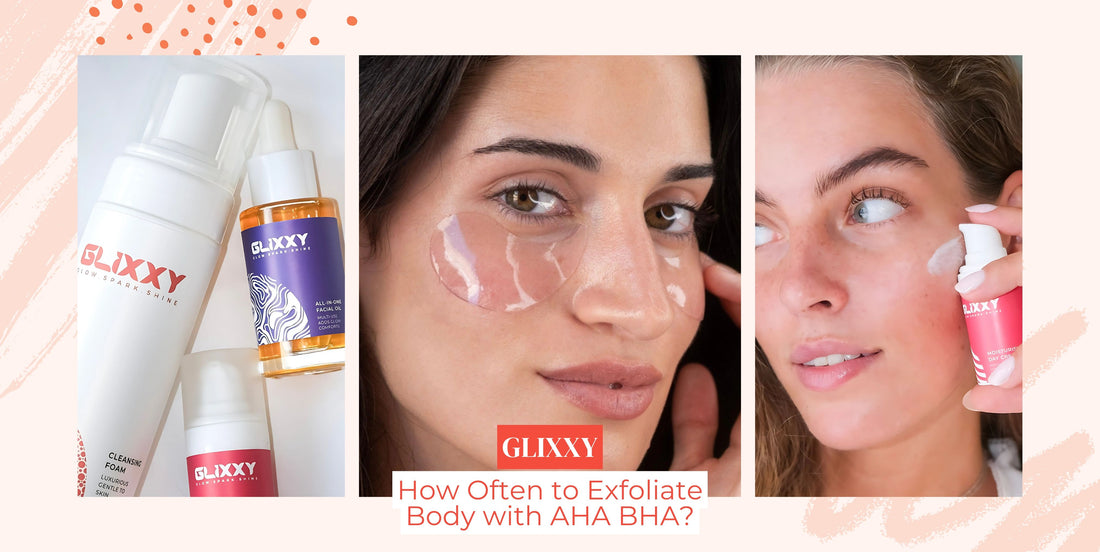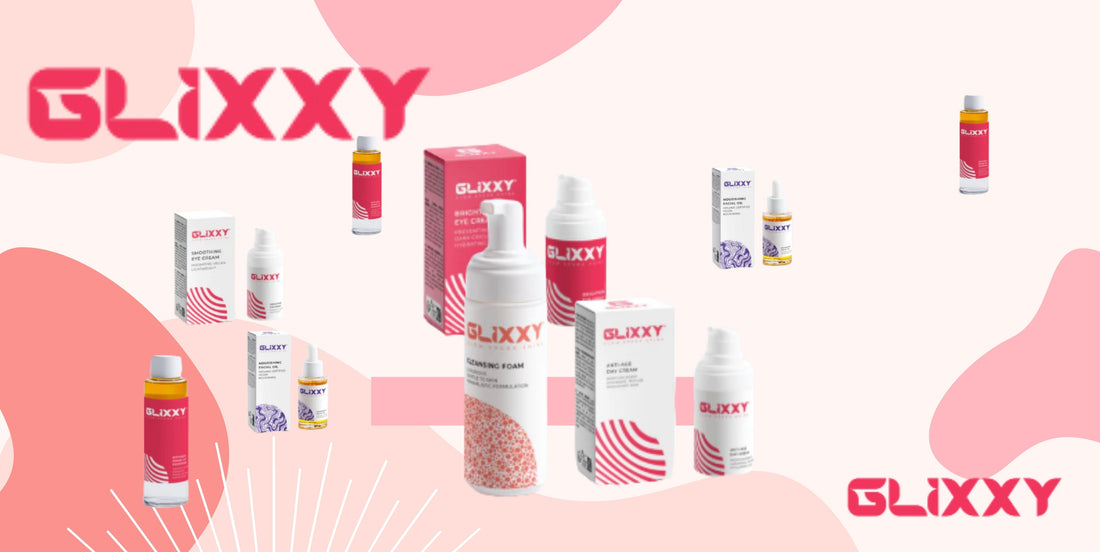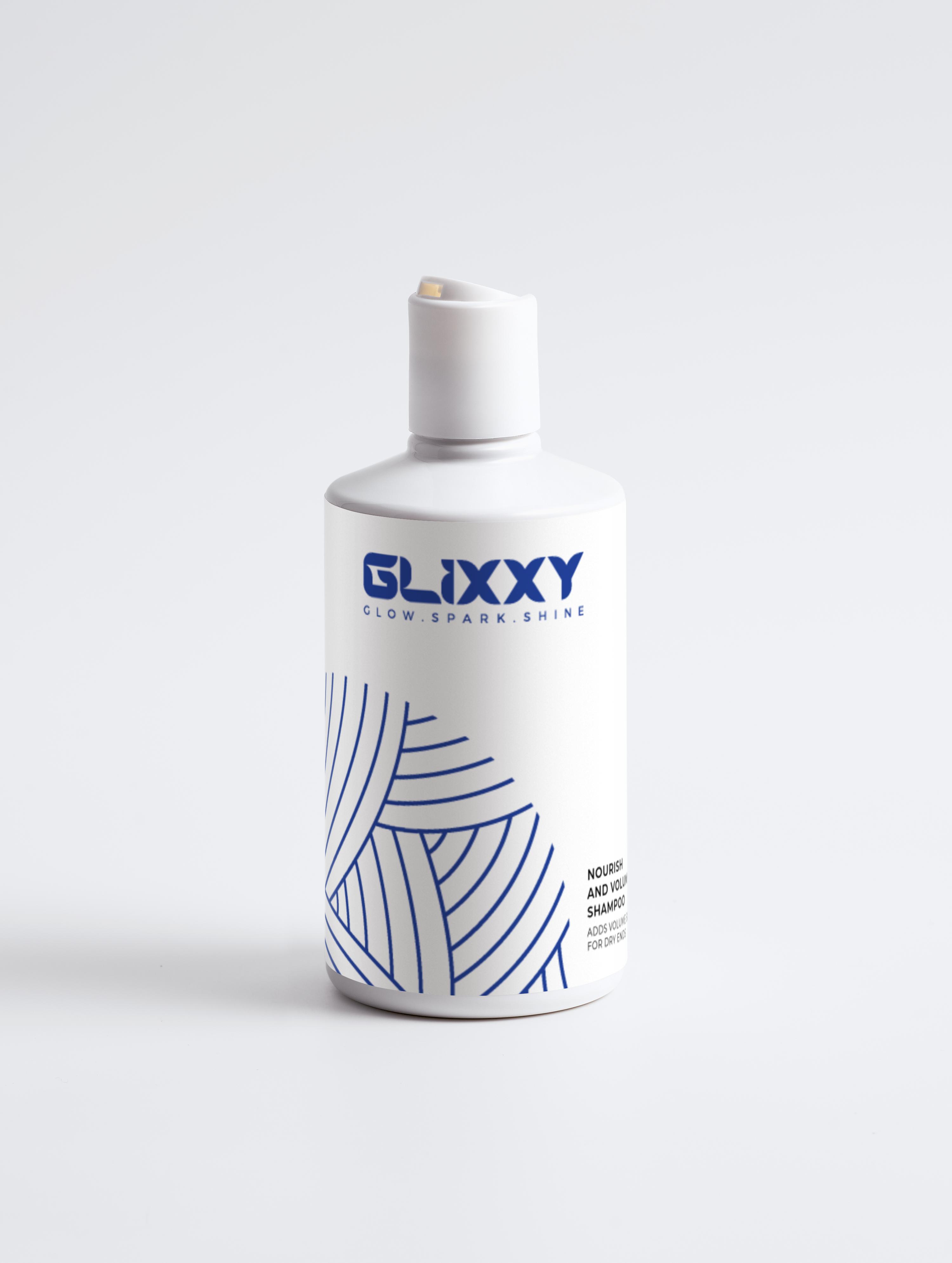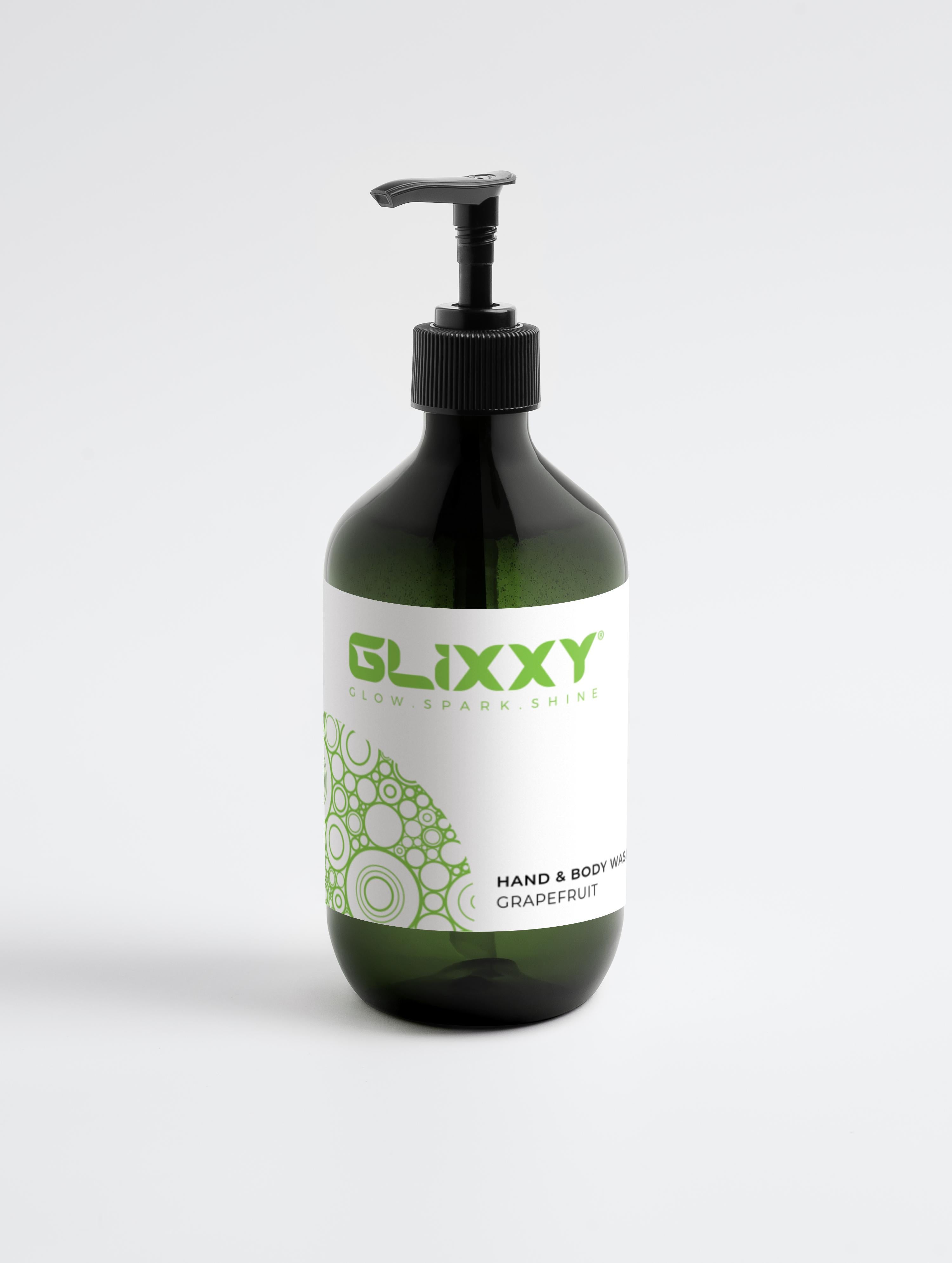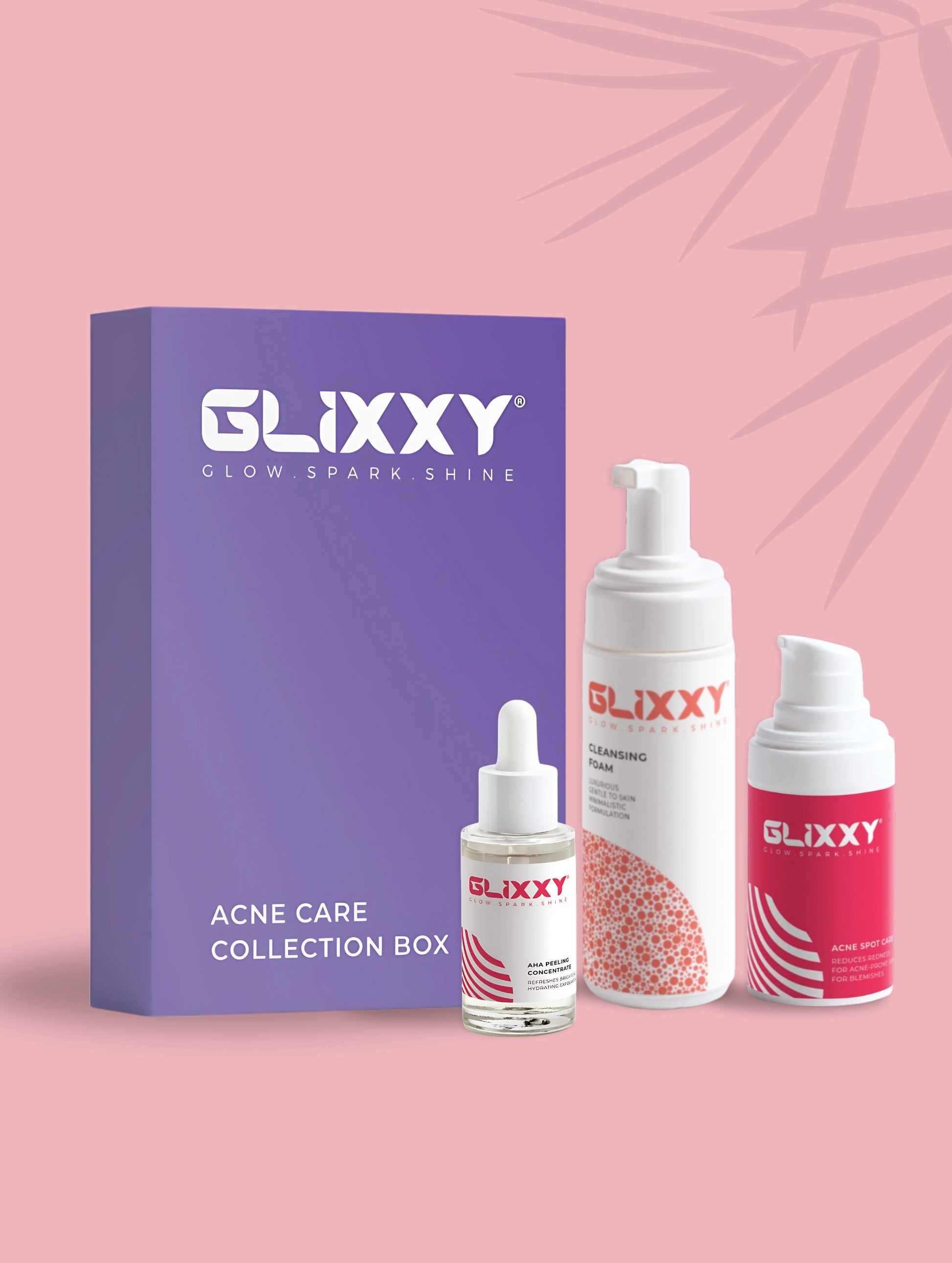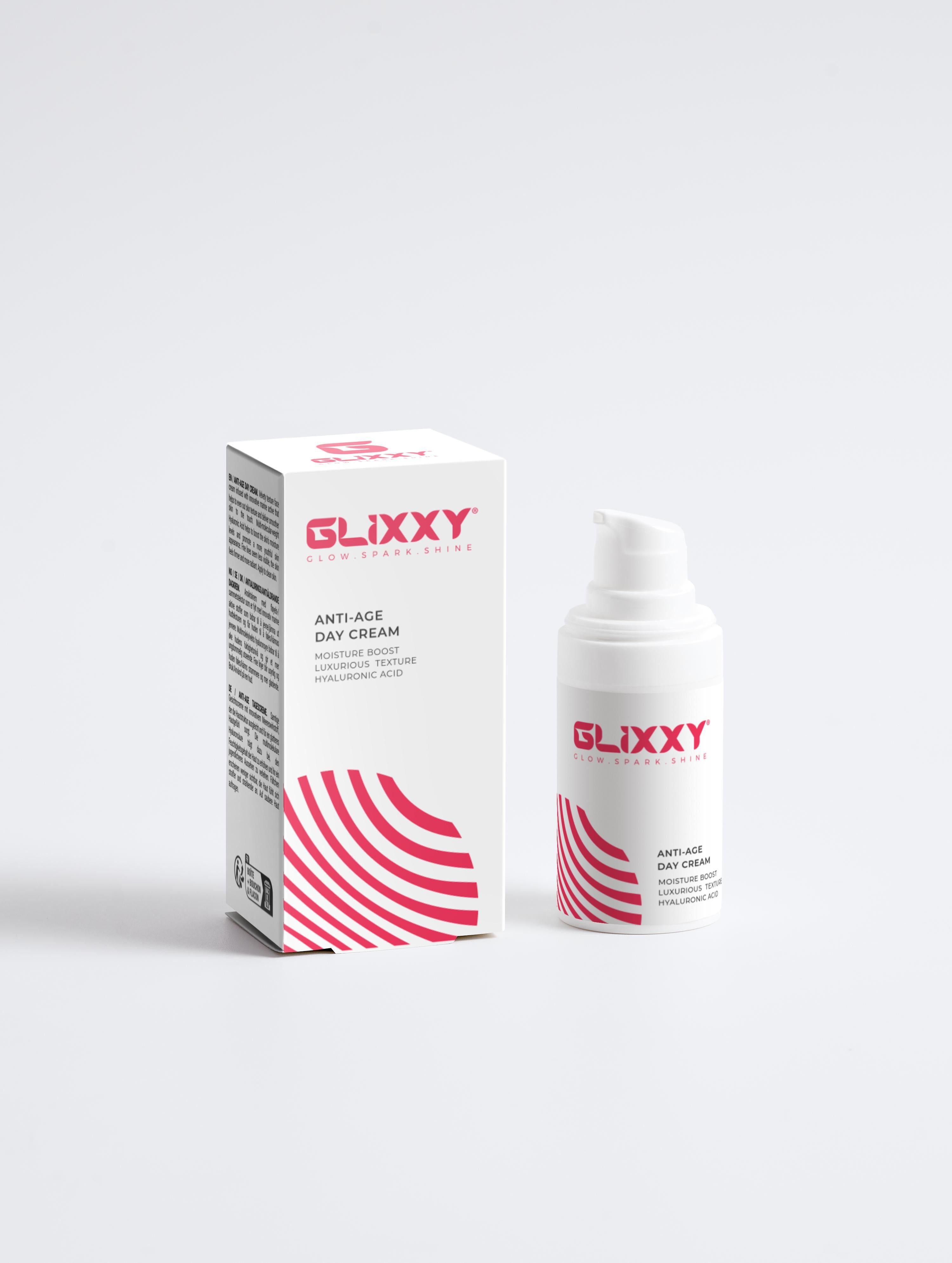Your skin is your vibe as it tells your story. But to glow up properly, it’s important that you know your skin type and how to care for it.
Knowing your skin type is the first step toward building a healthy skincare routine that actually brings results. Imagine picking up a skincare product without understanding if it actually compliments your skin or not. Sounds like a nightmare.
Using skincare products that don’t suit your skin can mess things up pretty fast. If you don’t want that to happen to you, then keep on reading this guide.
We will help you figure out what skin type you have, how to look after it, and what kind of ingredients to look for (with proper names; yes, we’re using EU-approved INCI terminology).
What are Skin Types?

To put it simply, skin types are about how your skin naturally behaves without any makeup, skincare, or filters.
Everyone’s skin is different, but most people fall into one of the five types:
- Normal
- Dry
- Oily
- Combination
- Sensitive
Knowing yours helps you pick the right skincare products and avoid irritation or breakouts. Here’s a detailed overview of the five types to help you understand better:
Normal Skin:
Having a normal skin type means your face usually feels balanced, neither too oily nor too dry. It means breakouts are rare, and there isn’t any problem even when the weather changes.
Pores are not too visible, and your skin feels smooth most of the time.
But that doesn’t mean skincare isn’t needed. Normal skin still needs love. Gentle cleansers and lightweight moisturisers keep it healthy.
Look for ingredients like Glycerin or Panthenol, which help maintain hydration without clogging pores.
Dry Skin:
Dry skin can feel tight or rough, especially after washing your face. It may look flaky or dull. Sometimes, it might get red or itchy, especially during cold weather or low humidity.
A recent research by the Department of Cosmetic Application, Hung Kuang University, reveals that ingredients like Sodium Hyaluronate (Hyaluronic acid) are amazing at hydrating and softening dry skin.
Oily Skin:
If your face feels shiny after a few hours of washing, mainly your forehead, nose, and chin, then you probably have oily skin.
This skin type usually comes with larger-looking pores, frequent breakouts, and blackheads.
But the good thing is, oily skin is more resistant to wrinkles. Just make sure that you’re keeping your pores clean and oil balanced with ingredients like Niacinamide, Zinc PCA, and Salicylic acid. These ingredients help reduce the excessive oil and also prevent breakouts.
Combination Skin:
The name probably gives it away. Combination skin is exactly what it sounds like…a mixture.
Usually, your T-zone (forehead, nose, and chin) gets oily, while your cheeks feel normal or dry. This type is a bit tricky because different skin areas will need different care.
The best way forward is to use lightweight skincare items that hydrate without being greasy. You can multitask by using different skincare essentials in different zones. Look for gentle ingredients like Allantoin and Aloe Barbadensis Leaf juice to keep everything balanced.
Sensitive Skin:
Sensitive skin reacts easily, it might sting, burn, itch, or turn red after using certain skincare items or even after a mundane task like a hot shower.
Sensitive skin is unpredictable, but there are some ways to keep it in check.
For sensitive skin, choose fragrance-free, soothing skincare solutions. Ingredients like Panthenol, bisabolol, and allantoin are your skin’s BFFs. They help reduce redness and irritation while also keeping the skin barrier strong.
Now that you have seen how each skin type behaves, you might want to explore them further to figure out where you fit. Head over to our full Skin Types Guide to get more tips and advice that suits your skin.
What is my Skin Type?
Here’s how you can identify your skin type with the watch-and-wait method:
- Wash your face with a gentle cleanser
- Pat it dry with a clean towel
- Wait for 30-45 minutes, and don’t apply anything.
- After 30-45 minutes, check how your skin feels and looks.
Results Evaluation:
|
What You Notice |
Your Skin Type |
|
Your whole face looks shiny |
Oily |
|
Your skin feels tight or looks flaky |
Dry |
|
Only your T-Zone looks shiny |
Combination |
|
Your skin feels balanced and comfortable |
Normal |
|
Your skin feels irritated (red/itchy) |
Sensitive |
Can Your Skin Type Change?

Yes, your skin type can change. Before you freak out, it’s totally normal. Skin isn’t static, and it can be easily affected by things like weather, hormones, age, stress, and diet.
For example, you might notice your skin becoming drier in winter or oilier during the summer months. Similarly, someone with oily skin as a teenager might develop dry or combination skin in their 20s.
If you start a new medication, it can also affect your skin. It’s normal, and it’s okay. Just make sure to check in with your skin every now and then.
If you’re still not sure, read our guide on How to Evaluate Skin Type, where we break it down step by step.
What is the Difference Between Skin Type and Skin Condition?
Skin type and skin condition aren’t the same thing, and it’s important to know that.
Your skin type is what you’re born with (more or less), while your skin condition is temporary and can be changed or improved.
Let’s take an example, you might have oily skin but still be dehydrated. Or dry skin that breaks out. Common skin conditions include acne, dehydration, hyperpigmentation, and sensitivity.
Your skincare routine should be built around both your skin type and skin condition (in case you have any).
Smart Skincare Routine for YOUR Skin Type
You don’t have to complicate skincare. Once you know your skin type, you can build a simple routine around it.
How? Well, the key is using ingredients that match your skin’s current needs and keeping your routine consistent.
There’s no need for a 12-step mind-bending process. Here’s a simple breakdown to help you out:
- Cleanser: It removes dirt, oil, and makeup.
- Toner: It balances your pH and preps your skin.
- Serum: It targets specific needs like oil control and hydration.
- Moisturiser: It seals everything in.
- Sunscreen: It’s an absolute must.
Make sure to use skincare products with EU-approved ingredients, and avoid using harsh fragrances or alcohol that could irritate your skin (especially if your skin is sensitive).
In the video below, a woman is demonstrating different products for sensitive skin, including a Hydrating Serum, Sensitive Skin Moisturiser, and Facial Oil.
Final Thoughts:
Here at Glixxy, we help you understand your skin better without overwhelming you with the jargon. Whether you’re dealing with dry patches, oily shine, or a mix of both, we’ve got your back and frankly, your face.
The simple glow-up formula is to know your skin, choose the right ingredients, and keep it consistent with the routine.
Check out our other blogs for more skincare basics, tips, and routines. We keep it simple, real, and science-backed.



